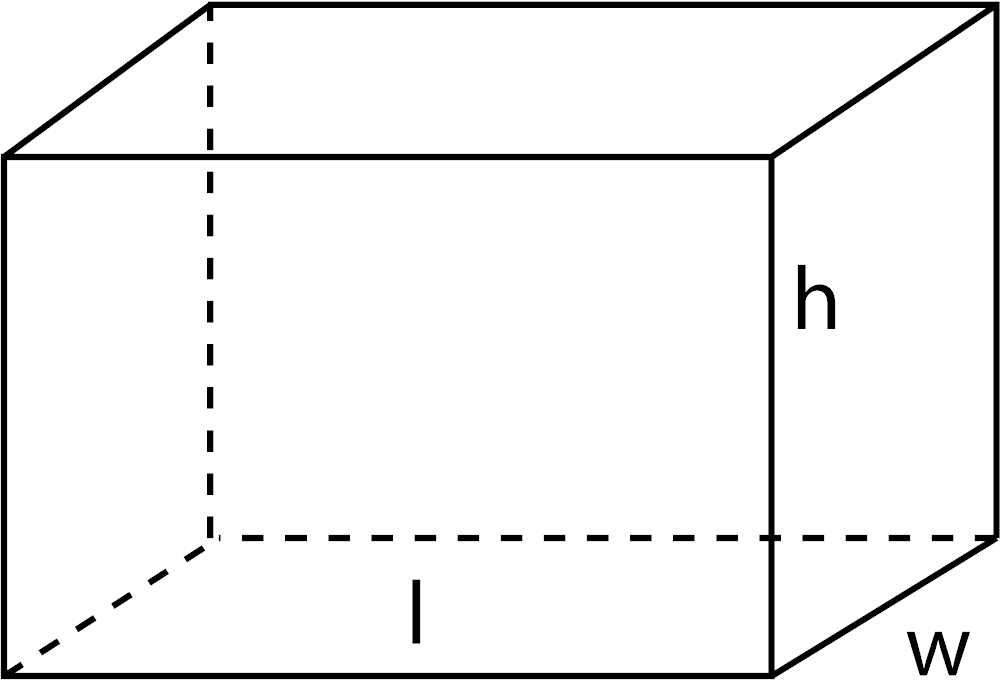Length is a fundamental concept in our daily lives, whether we're measuring the size of a room, the distance between two cities, or the dimensions of a piece of furniture. This article will delve into the definition of length, explore different units of measurement, and provide practical methods for converting between these units. We'll also introduce you to helpful tools like the length conversion calculator to simplify the process.
Length is essentially the measurement of distance between two points. [1] It can also be defined as the longest horizontal dimension of an object, stretching from one end to the other. In a rectangular object, the length is simply the longest edge. Width, on the other hand, refers to the shortest horizontal dimension, while height measures the vertical dimension.

Converting between different units of length is a common task, and it's easier than you might think. The general approach involves converting the initial unit to a base unit (typically meters in the SI system) and then converting from the base unit to the desired unit.
Here's a step-by-step breakdown:
Example: Let's convert 18 inches to centimeters.
Therefore, 18 inches equals 45.72 centimeters. For a quicker solution, utilize an inches to cm conversion calculator.
Online tools like the Length Conversion Calculator can automate these calculations, saving you time and effort. You might also find other resources helpful, such as an inch fraction calculator, a printable tape measure, or printable rulers. These tools can be particularly useful for DIY projects, crafting, and other tasks that require precise measurements.
Two primary systems of measurement are used worldwide: the SI metric system and the US customary system.
The SI metric system is the most widely used system globally. It defines the meter as the base unit of length. The system employs prefixes to denote units of different magnitudes relative to the meter. Common units include:
The US customary system is primarily used in the United States. Its units are based on the older British imperial units. While these units are still used, they are now defined in terms of the SI metric system. Common units in the US customary system include:
Measuring length accurately requires the right tools and techniques.
Here's a handy chart for converting between common units of length:
| Convert From | Mile | Yard | Foot | Inch | Kilometer | Meter | Centimeter | Millimeter | Micrometer | Nanometer |
|---|---|---|---|---|---|---|---|---|---|---|
| 1 mile | 1 mi | 1,760 yd | 5,280 ft | 63,360 in | 1.609344 km | 1,609 m | 160,934 cm | 1,609,344 mm | 1,609,344,000 µm | 1,609,344,000,000 nm |
| 1 yard | 0.000568 mi | 1 yd | 3 ft | 36 in | 0.000914 km | 0.9144 m | 91.44 cm | 914.4 mm | 914,400 µm | 914,400,000 nm |
| 1 foot | 0.000189 mi | 0.333333 yd | 1 ft | 12 in | 0.000305 km | 0.3048 m | 30.48 cm | 304.8 mm | 304,800 µm | 304,800,000 nm |
| 1 inch | 0.000015783 mi | 0.027778 yd | 0.083333 ft | 1 in | 0.0000254 km | 0.0254 m | 2.54 cm | 25.4 mm | 25,400 µm | 25,400,000 nm |
| 1 kilometer | 0.621371 mi | 1,094 yd | 3,281 ft | 39,370 in | 1 km | 1,000 m | 100,000 cm | 1,000,000 mm | 1,000,000,000 µm | 1,000,000,000,000 nm |
| 1 meter | 0.000621 mi | 1.093613 yd | 3.28084 ft | 39.370079 in | 0.001 km | 1 m | 100 cm | 1,000 mm | 1,000,000 µm | 1,000,000,000 nm |
| 1 centimeter | 0.0000062137 mi | 0.010936 yd | 0.032808 ft | 0.393701 in | 0.00001 km | 0.01 m | 1 cm | 10 mm | 10,000 µm | 10,000,000 nm |
| 1 millimeter | 0.00000062137 mi | 0.001094 yd | 0.003281 ft | 0.03937 in | 0.000001 km | 0.001 m | 0.1 cm | 1 mm | 1,000 µm | 1,000,000 nm |
| 1 micrometer | 0.00000000062137 mi | 0.0000010936 yd | 0.0000032808 ft | 0.00003937 in | 0.000000001 km | 0.000001 m | 0.0001 cm | 0.001 mm | 1 µm | 1,000 nm |
| 1 nanometer | 0.00000000000062137 mi | 0.0000000010936 yd | 0.0000000032808 ft | 0.00000003937 in | 0.000000000001 km | 0.000000001 m | 0.0000001 cm | 0.000001 mm | 0.001 µm | 1 nm |
Understanding length and how to convert between different units is a valuable skill. Whether you're working on a DIY project, studying science, or simply trying to understand measurements in your daily life, the knowledge and tools discussed in this article will help you measure with confidence. Don't forget to explore other measurement calculators for all your conversion needs!